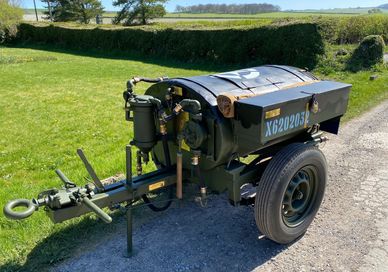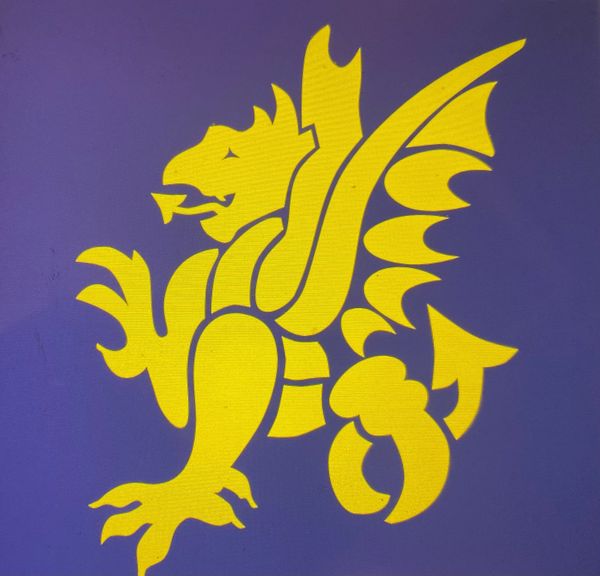
Vehicles owned and displayed by the group
Willys and Ford Jeeps

The group can field a variety of jeeps - 8 in all. These include a Battalion HQ Wireless Jeep, 2 Field Ambulance Stretcher Jeeps, a SAS Armoured Jeep and a number of General liaison Jeeps.
The Jeep was an extremely versatile 4 x 4 vehicle and was used by all the Allied nations.
15Cwt Truck

The British Army was able to field a wide variety of trucks by numerous manufacturers such as Bedford, Morris, Austin, AEC and Ford, in various weight categories - the most common being 15cwt and 30cwt. Some of the most numerous vehicles were in the medium 15 CWT class. This example is a Ford built WOT 2, made in Dagenham in 1940. It was a rugged design powered by a V8 petrol engine which could produce a top speed of 40 mph, albeit at a thirsty 10 miles to the gallon. Trucks of this type were in heavy use by British forces and a significant number of them were on establishment with a Battalion such as the 4th Wiltshires. These trucks, like the equivalent class of Canadian vehicles (CMP’s), were the backbone of the army’s Logistical support services. They were used in every conceivable way, such as Troop carriers, resupply of ammunition, fuel and food, Spares and essential items, Medical support, Wireless stations and so on.
Austin Staff Car
Austin Staff Car

A variety of pre war Civilian/commercial vehicles were subsequently pressed into wartime service as Staff cars for Officers and for general liaison.
The example held in the group is an Austin 10 built in 1938. It is kitted out as a typical Officers vehicle - complete with Golf clubs !
Kubelwagen
Austin Staff Car

Not a British vehicle certainly, but this is the German equivalent to the Jeep. Used by all parts of the German forces as a general “go anywhere” vehicle, the “Kubel” was a rugged and versatile vehicle. This one is dated 1944 and is owned by a member of the group who conducted a ground up rebuild.
Motorcycles

Motorcycles were commonly used by all arms of service and primarily by the Military Police and Despatch riders. They were a common sight in all areas and performed an important role in terms of Despatches and Communications, Traffic Management and Escort duties. A number of types were commonly used and the Group owns examples made by Norton, Enfield and BSA.
Trailers

The British and Canadian forces used a variety of Trailers throughout WW2. The Group owns and displays a number of different types including, the 2 wheeled lightweight GS, the 2 wheeled GS, the Mortar trailer and the 2 wheeled 100 gallon lightweight water bowser.

Bicycles
Less well known is that the British Army also utilised a bariety of bicycles as transport, even in 1944. The principle being that troops could move forward faster on bicycles than they could on foot. The 4th Wiltshires actually went ashore after DDay, with Bicycles - although the troops quickly disposed of them in the nearest hedge !
The Group has a number of examples, made by Phillips, Mercury and BSA, including the folding type favoured by Commando and Airborne units.


Equipment Handcart
The “Airborne” Handcart was a small 2 wheeled cart designed specifically for Airborne and Assault Operations. It was however, also used by Infantry Units as a general carrier for all kinds of equipment but was commonly seen being used with 3inch mortar platoons. It was fitted with an A frame type towing arm which could be attached at either end and could be pulled by one or two men or also towed if required. There were also additional hooks fitted to enable the attachment of toggle ropes to aid manual hauling of the cart.

